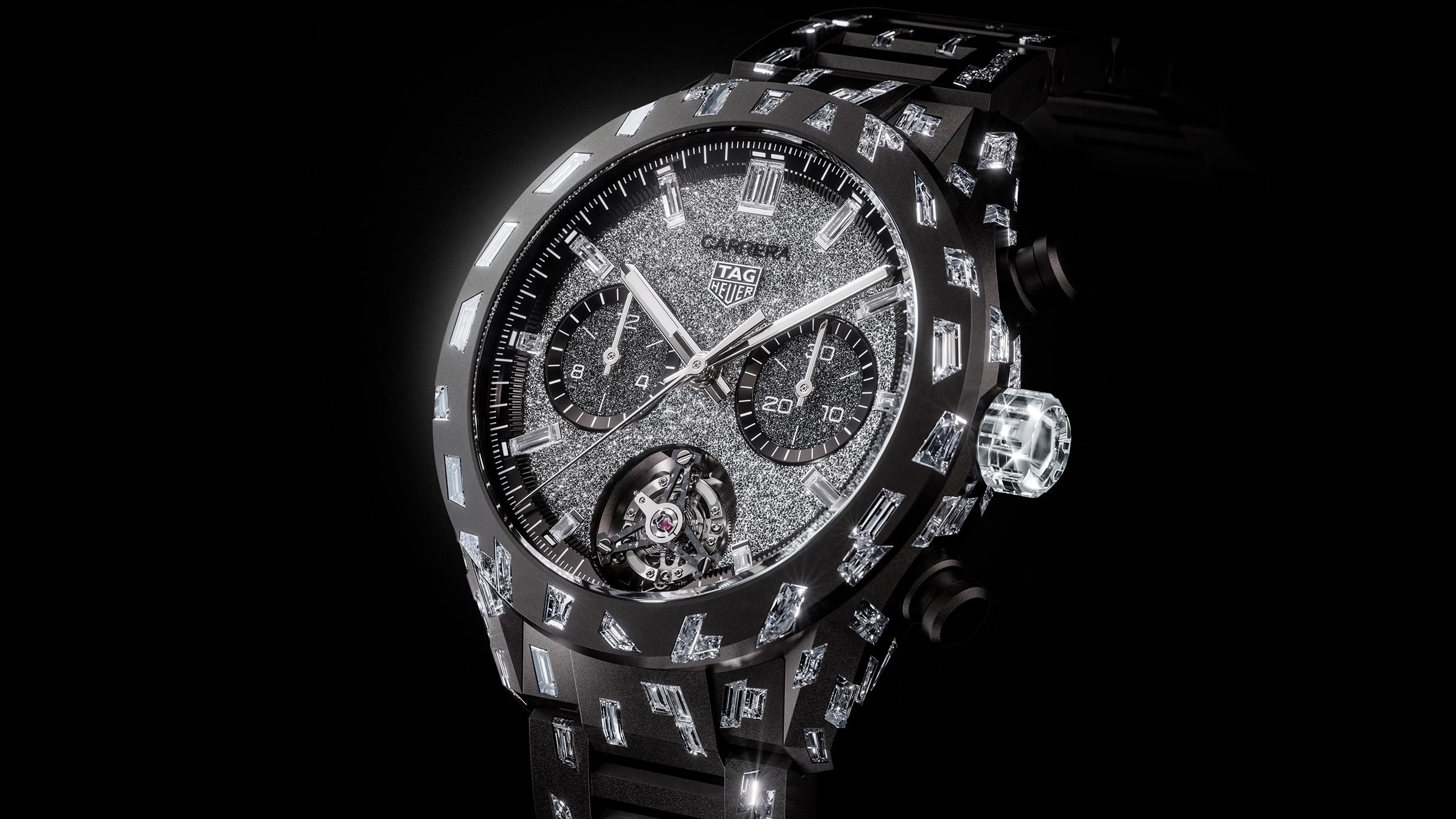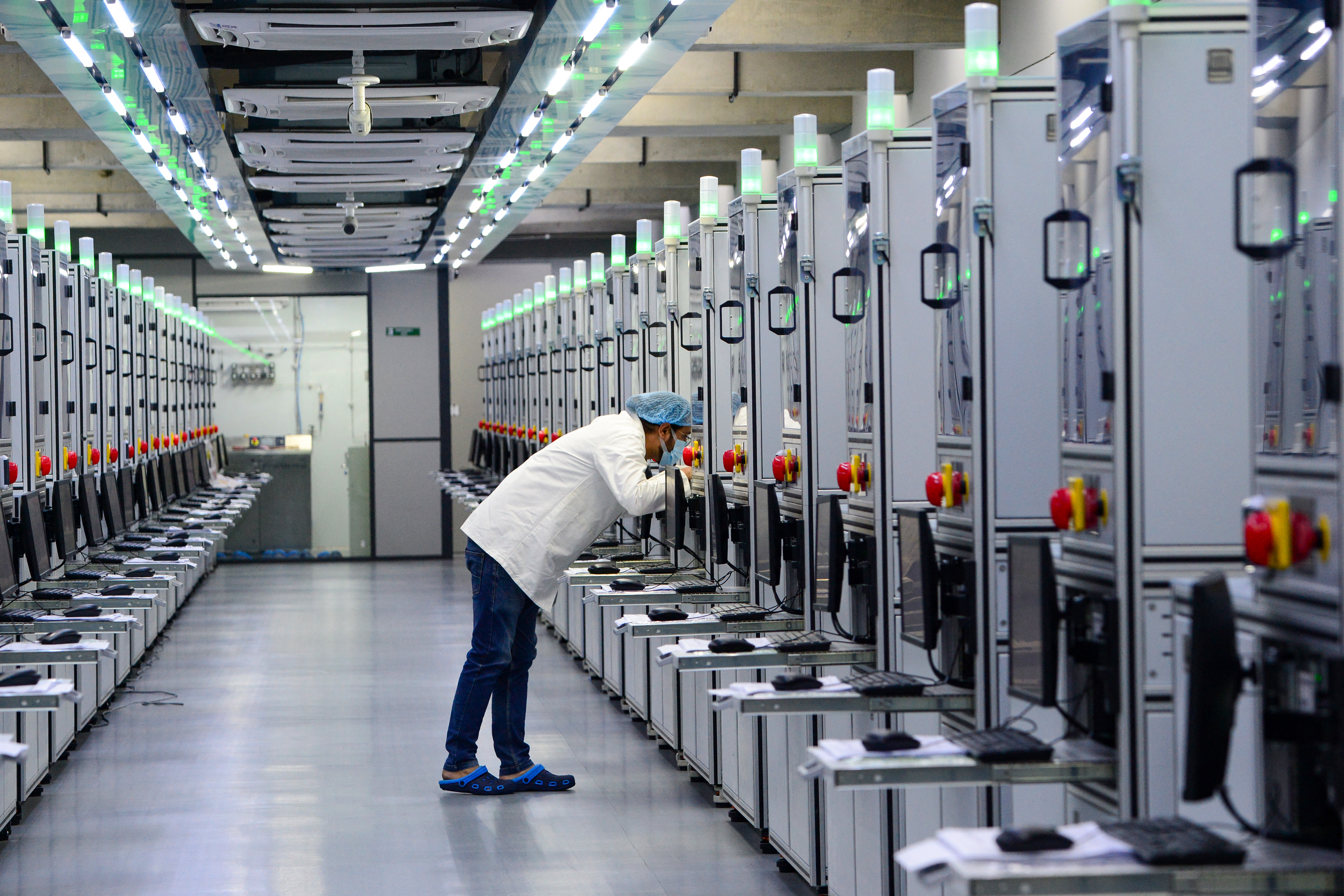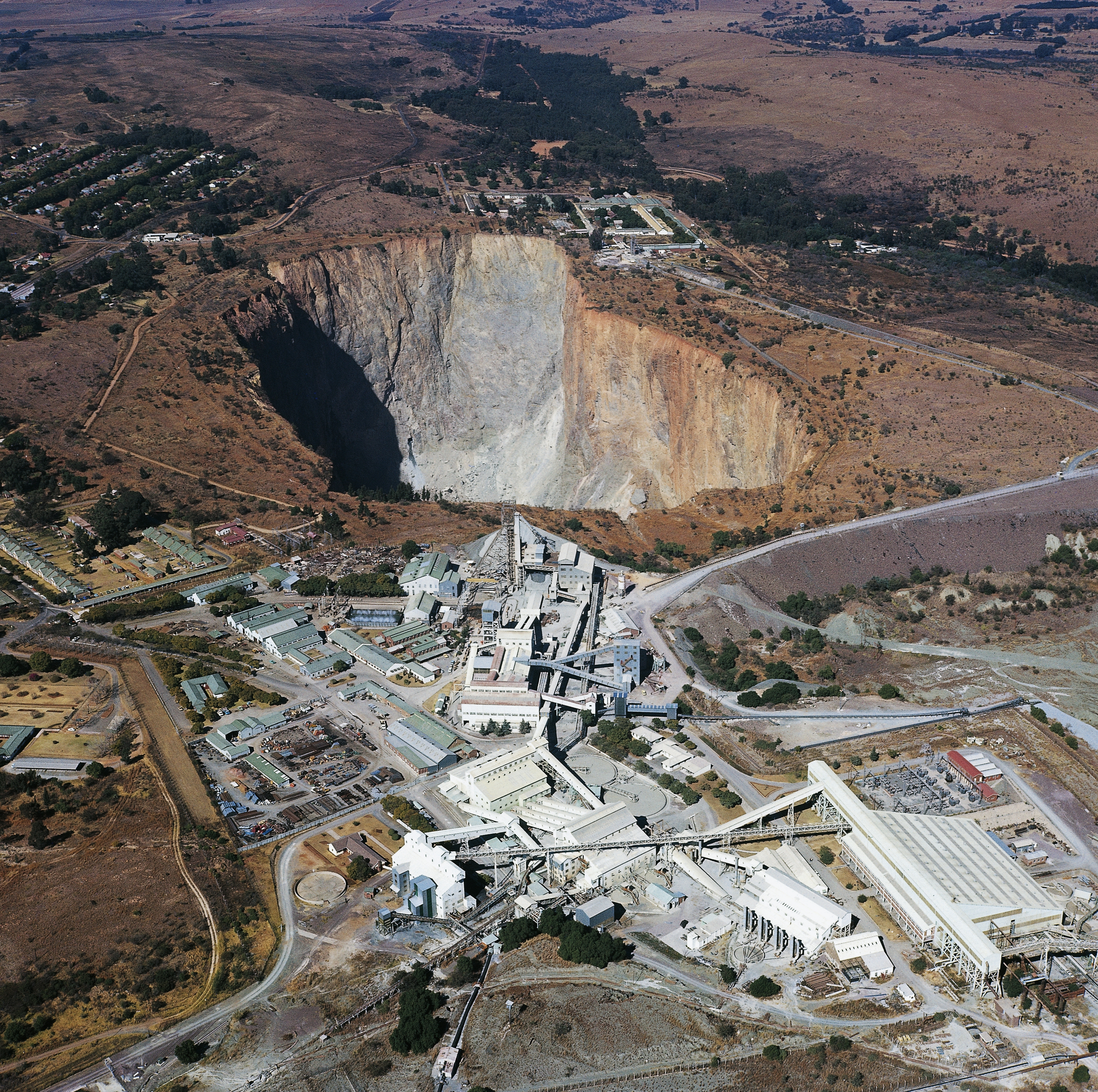The real deal: Can you tell the difference between mined and synthetic diamonds?
And would you buy a watch studded with laboratory-made ones?


Synthetic diamonds look indistinguishable — even to a trained eye — and cost substantially less than a mined diamond, and have been in existence for longer than you might imagine. The first laboratory-made ones were produced in the 1950s, but improvements in manufacturing efficiency have meant that their arrival on the market as a viable alternative still feels like a very recent development.
If you have come across them at all, it is probably in the forms of an engagement ring, where prices can undercut a traditional, mined diamond by a factor of up to 90%, depending on the carat and clarity (the general rule is: the bigger the stone, the bigger the potential saving). It is, unsurprisingly, emotive territory. Whether you are giving or receiving, the declaration of love and commitment indicated by an engagement ring isn’t one you want tinged with questions over value for money. However, the appeal of a synthetic stone has always been that you get a lot more diamond for your money — and we all know how alluring that can be.
In recent times, the price of synthetic diamonds has tumbled, and traditional industry players who did at least dip a toe in the water when things first took off — such as De Beers — have since exited the lab-grown world. And the gaping chasm between synthetic and mined could not be any wider. More and more, legacy producers and prestigious dealers are declaring that they will only use ‘real’ stones (though in every measurable sense, a synthetic diamond is chemically identical to a mined one).

A laboratory technician monitors the progress of lab-grown diamond seeds in an Indian facility.

An open pit diamond mine in Pretoria, South Africa.
When it comes to the customer, things are a little less clear. An independent American survey, carried out in May 2025, found that 74% of people were amenable to the idea of a lab-grown diamond engagement ring, a figure that rises to 83% for non-bridal jewellery.
There are, to my knowledge, no comparable statistics for watch customers. Switzerland’s big horology players have been much slower than their jewellery counterparts to embrace (and then reject) lab-grown diamonds and, in 2021, Swiss journalist and TV presenter Marc-Andre Deschoux told the New York Times about the ‘lingering taboo’ surrounding using them.
It took until 2022 for TAG Heuer to premiere a Carrera concept watch encrusted with lab-grown stones — and it made headlines and turned heads. Thankfully, successive pieces have helped to normalise things and, as a result, the brand has been able to commission stones in shapes and sizes that would have been near-impossible to find on the natural market. Think: a watch’s crown formed entirely out of pink diamond.
'There are those looking to shore up the value proposition of lab-grown stones'
Other brands have turned to lab-grown stones for more conventional purposes, including Oris and Raymond Weil, who have used them in their Aquis Date and Freelancer lines respectively. You might think the move a purely commercial one, given that, as a result, each brand can bring a steel watch with diamond bezel to market for around £3,000, but it’s comparable with similar mined diamond-set watches from brands such as Longines, Tudor and Frederique Constant.
Exquisite houses, the beauty of Nature, and how to get the most from your life, straight to your inbox.
For some brands, the prize is a long-term strategy to attract and hold younger consumers’ attention. Breitling, for example, has committed to only using lab-grown diamonds moving forward, citing sustainability and transparency concerns — particularly with regard to incoming European legislation that will enforce stricter reporting on supply chains. Others point to a confluence of factors that in combination, make the decision a no-brainer. Andrea Furlan, the co-founder of indie brand (independent companies that are not affiliated with major corporations) Furlan Marri, says that his company chose to use lab-grown diamonds on the recently-released Disco Volante model for both financial and logistical reasons.
‘From a financial point of view, it made sense in order to offer a more accessible price. Then, for logistical and customs reasons, it is easier to handle; real diamonds require specific customs documentation. It also makes sense to use laboratory-grown diamonds because we can be sure about the quality, the sourcing, and the consistency in size for larger production runs. And after all, they are made of real carbon, just like natural ones.’
And then there are those looking to shore up the value proposition of lab-grown stones. Swiss supplier Ammil is trying to restore some prestige to lab-grown stones by attempting to certify them as ‘Swiss Made’ — the same badge of quality that adorns many of the watches that will eventually wear the jewels. Ammil currently grows the stone in a facility in central Switzerland, powered by sustainable energy, before shipping them off to India to be cut and polished — a crucial stage of manufacturing that it also hopes to one day relocate to the European country.
Others have had the novel idea of associating the stones — whose chief downfall is that their production is inherently unlimited — with artificially-scarce concepts, specifically, crypto-currency. VRAI, a jewellery brand owned by Diamond Foundry, a Californian producer of lab-grown diamonds, has started selling synthetic stones that are priced comparably to natural diamonds; the gap in price is made up in Bitcoin, which the firm links to each diamond with a certificate. Essentially, the diamond ceases to become the item of value, instead functioning as a glittering token for the crypto asset.
Time will tell whether either tactic is successful at imbuing artificial gemstones with the kind of luxury quotient associated with hard-to-find, naturally-occurring diamonds, but, in the meantime, we can expect their use in the watch world to increase.
Chris Hall is a freelance writer and editor specialising in watches and luxury. Formerly Senior Watch Editor for Mr Porter, his work has been published in the New York Times, Financial Times, Esquire, Wired, Wallpaper* and many other titles. He is also the founder of The Fourth Wheel, a weekly newsletter dedicated to the world of watches.
-
 An unfenced existence: Philip Larkin's love of the countryside
An unfenced existence: Philip Larkin's love of the countrysideRichard Barnett pokes at Larkin’s protective carapace of soot-stained gloom and finds a writer with an unillusioned yet tenderly perceptive sense of Nature, in all its beauty and indifference
-
 Country Life November 19, 2025
Country Life November 19, 2025Country Life November 19, 2025, looks inside Castle Howard's incredible mausoleum, takes a look at the secret life of the eel and meets the gardeners who still swear by tools from the 1940s.
-
 The wine stash of one of Switzerland’s most secretive billionaires is up for auction
The wine stash of one of Switzerland’s most secretive billionaires is up for auctionA selection from the personal cellar of the late Jörg G. Bucherer is for sale via Sotheby’s. Highlights include double magnums of Petrus, a case of Lafleur 1990, nine cases of Clos de Tart and six 12-bottle cases of Domaine Leroy.
-
 Who won the rivalry between Turner and Constable? It was us, the public
Who won the rivalry between Turner and Constable? It was us, the publicA forthcoming exhibition at Tate Britain that revives the rivalry between these two 19th century painters sheds new light on their relationship.
-
 Audi has been designing icons for 60 years. Here are some of the best
Audi has been designing icons for 60 years. Here are some of the bestFrom the first Quattro, to the TT and the R8, Audi has always been able to turn a head. Adam Hay-Nicholls, our man in Rioja, explains why.
-
 Haute dogs: How fashion’s finest would dress 11 dogs and one very spoilt cat if only they had the chance
Haute dogs: How fashion’s finest would dress 11 dogs and one very spoilt cat if only they had the chanceWe’ve matched some much-loved breeds to the designers that share their history, temperament and vibe — because why not. Illustrations by Tug Rice.
-
 'Love, desire, faith, passion, intimacy, God, spiritual consciousness, curiosity and adventure': The world of Stanley Spencer, a very English visionary
'Love, desire, faith, passion, intimacy, God, spiritual consciousness, curiosity and adventure': The world of Stanley Spencer, a very English visionaryStanley Spencer’s talent for seeing the spiritual in the everyday, his stirring sense for the wonder of Nature and his love for the landscapes of Berkshire and Suffolk shaped his art, as Matthew Dennison reveals.
-
 The tourbillon watch is a masterpiece of order born out of tumult and disarray
The tourbillon watch is a masterpiece of order born out of tumult and disarrayWhat is it that makes the tourbillon — one the most beguiling instruments in watchmaking — tick?
-
 What a report on the spending of female billionaires tells us about the future of museum collections
What a report on the spending of female billionaires tells us about the future of museum collectionsBetween 2015 and 2024, the number of female billionaires grew from 190 to 344. Could this be good news for the art world?
-
 Madonna, David Bowie, Elizabeth II and me — this is what it’s like to have your photograph taken by Rankin
Madonna, David Bowie, Elizabeth II and me — this is what it’s like to have your photograph taken by RankinThe world-renowned photographer has worked with everyone from acting royalty, to actual royalty. His next subject? Country Life’s wandering scribe, Lotte Brundle.
